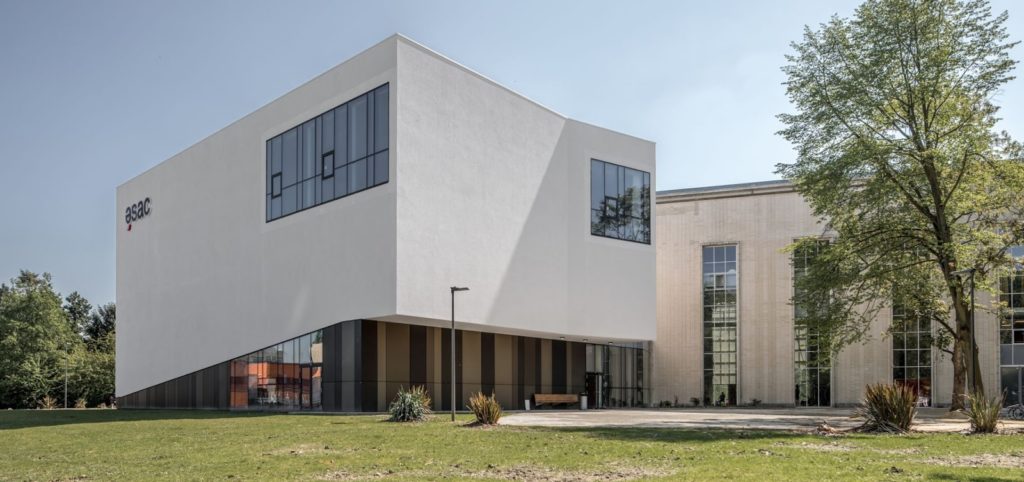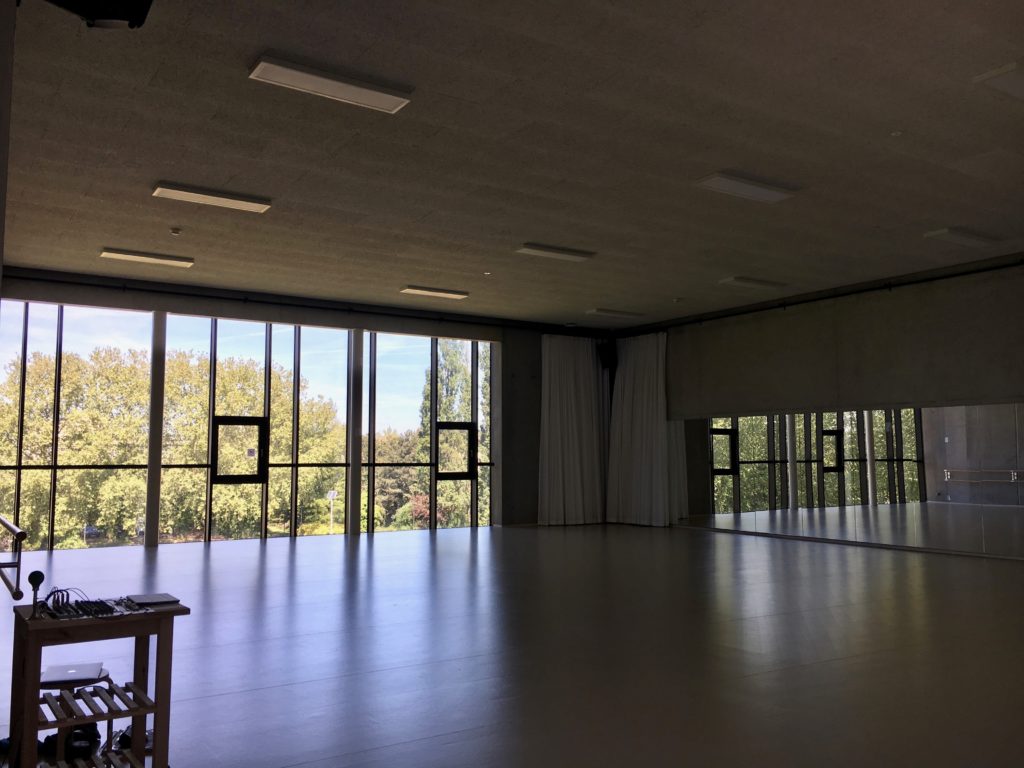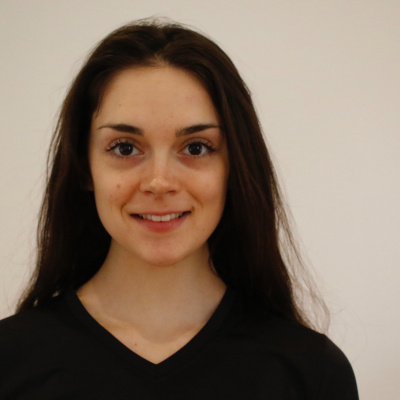ESAC, A Contemporary Circus Sanctuary for the Virtuously Ambitious in Belgium
In our continuing series titled Meet the Circus School, we explore some of the many circus schools around the world. We hope to give our viewers an intimate look into each circus school and to aid prospective students in their decision by giving them a chance to compare programs. In this edition, we will look into ESAC (The Superior School of Circus Arts) with the help of current student Marina Cherry, the new CSAW (Connecting Circus Student Around the World) student ambassador for ESAC.

Located in the heart of Europe, ESAC is the only higher education circus school in Belgium, offering a bachelor’s degree in performing arts (focus: circus). As one of the eight superior arts schools in Brussels and 16 total in Belgium, the surrounding air of the city seems to be bursting with creativity, just begging for collaboration and exploration in the arts. A student’s life in Brussels is immersed in a plethora of creative disciplines; being surrounded with so many opportunities is part of why ESAC holds the notions of creative liberty and research as core values.
Brussels is a major hub for arts of all kinds. The richness of the city offers all sorts of dance, theatre, plastic and fine arts, and endless performances and outings day and night. This is a luxury that closely accompanies the students artistic development and individual tastes that they develop within their school curriculum. Specifically, P.A.R.T.S. and l’INSAS (dance and theatre schools in the city) have teamed up with ESAC students in the past on a regular basis to do weekend workshops and small performing opportunities. As well, the plastic arts school, La Cambre and ESAC collaborate on projects more in the direction of visual arts for students interested in taking that direction.

On an international level, the central location and fostered school relations allow opportunities for interactions between other circus schools. Neighboring countries of France and the Netherlands facilitate the connection between schools and in recent years, ESAC has become more active in providing opportunities for exchanges and workshops by re-activating some of the relationships in other schools.
Lots of ESAC students go to and from Paris on the weekends, to visit friends at some of the other ‘neighboring’ circus schools CNAC/ENACR or Fratellini (as well as for other opportunities in arts i.e. dance/theatre/performance). Even closer is Lille, the location of the preparatory circus school Lomme. Since the cities are so accessible students often travel to the north where there are Rotterdam and Tillburg (Codarts and ACAPA, respectively). This has created a network of friends and relationships that last long after the school finishes. Farther, but also easily accessible, schools in Italy, Spain and other western European countries also hold close ties with students.
ESAC, along with CNAC and the National Center for Circus Arts (NCCA) in London, were the founders of FEDEC in order to cultivate this desire for collaboration and exchanges amongst different schools across the world. The richness of this resource has proven invaluable time and time again; for example in the second year, ESAC students travel to Auch in the south of France to participate in the Festival CiRCA. The young artists get to learn, create with and exchange ideas with other artists (both professionals and students). In attending the week-long festival, students see nightly shows as well as classes of critical analysis on these shows during the day. They are also required to partake in “CIRCle” performances- shows put on by the student of different school around the world (ESAC generally performing as well- under the framework of a 20-30 minute show). Also, aspiring professional artists (students and alike) are encouraged to sit in on presentations from different companies who come to the festival to sell their creations and ask for funding on their projects.

Diversity is a common theme of ESAC, with most of its students coming from an international platform (often South and North America), representing 6 different continents. This level of cultural diversity is a prized jewel for learning how to be a global citizen — a concept that is also highly valued within the school. It is clear how much this aspect supplements each of the students’ formation. Patience and respect within a group are just some of the effects from how they learn to interact with others. It creates a special point of focus on communication, and the interaction with people in general. Not only is this beneficial in the global network of circus, it is a wonderful tool for genuine face to face meetings that are just as crucial for artists searching out residencies and project collaborations. Languages are certainly in no shortage !
On a more technical level, the development of the individual artist through the courses at ESAC is centered around discovery and appropriation of one’s own voice. The student’s profile is highly directed towards learning how to express their ideas by using circus disciplines as a tool, in service of creation. For this reason, it is important that already upon entering the school, each potential candidate demonstrates a high level of circus technique in their discipline. This being said, the technical circus training is rigorous and highly specific to each student’s needs.
There is a large focus of community and collaboration and the majority of the time spent throughout the formation is together as a class. The structure of the daily course schedule has been refined over the years since the foundation of ESAC in 2001 to best suit the needs of the majority as well as the individual; there are dance, theatre, physical preparation, and acrobatic classes as well as weekly afternoon workshops which are followed by the entire class. ESAC gives an incredible variety of high level workshops taught by the most well-renowned artists in their respective fields from all around Europe. This is includes (as a non-exclusive list): acro-dance, hip hop, various styles of contemporary dance, clowning, music theory, sound and rhythm, dramaturgie (stage theory), lighting, history of circus, history of arts, anatomy, show analysis, law and production, and yoga, to list a few. The development of the group grows into a family. Over a period of three years, I like to think this has created a significant contribution to tolerance and acceptance of others, as well as a sense of security amongst a group in a setting where creation and vulnerability run high.

Within the last couple years, many changes have been implemented at ESAC. The school moved locations within the city and now occupies a brand new building that was added on to an old boiler room of a campus. It’s industrial feel contrasted next to the Brussels canal consists of a large training hall and multiple smaller studios, a student room, classroom/music studio and the offices. Also, the newly constructed addition that holds the ‘black box’, a large performance hall seating 250 people, as well as a beautiful dance studio above it. With floor to ceiling windows, it is a beautiful space for moving and creating. ESAC has also undergone a change in administrative directors and is now headed by Philippe Vande Weghe, the former juggling professor.
The multiple-dimensional aspects of the school give it its charm and quirks. It is undeniable that with these physical changes have come a lot of emotional and energetic distinctions: the environment is fully at the service of innovation. On top of the classes, the team of pedagogues and artistic counselors is nothing less than world class. The balance between supplementary classes of theory (such as anatomy, business and law, history of art and history of circus, as well as dramaturgy, sound, production and stage design), and creative physical-based classes (a variety of dance and theatre workshops as well as an allotted time of specialty classes with invited guest coaches) provide each student with endless possibilities to discover themselves personally and artistically, to form their professional artistic tastes.
ESAC is at the marrow of development in contemporary circus. Each artist that comes out of ESAC has the opportunity to make impactful advancements within the circus field, a field that has an extreme sense of urgency and is vastly developing on a global scale today and now. This understanding of contemporary circus is what lights the flame of the fire at ESAC and is something that drives each student to continue to create and aspire.
Unless otherwise noted, all photos courtesy of Marie Françoise Plissart
... Do you have a story to share? Submit your news story, article or press release.





